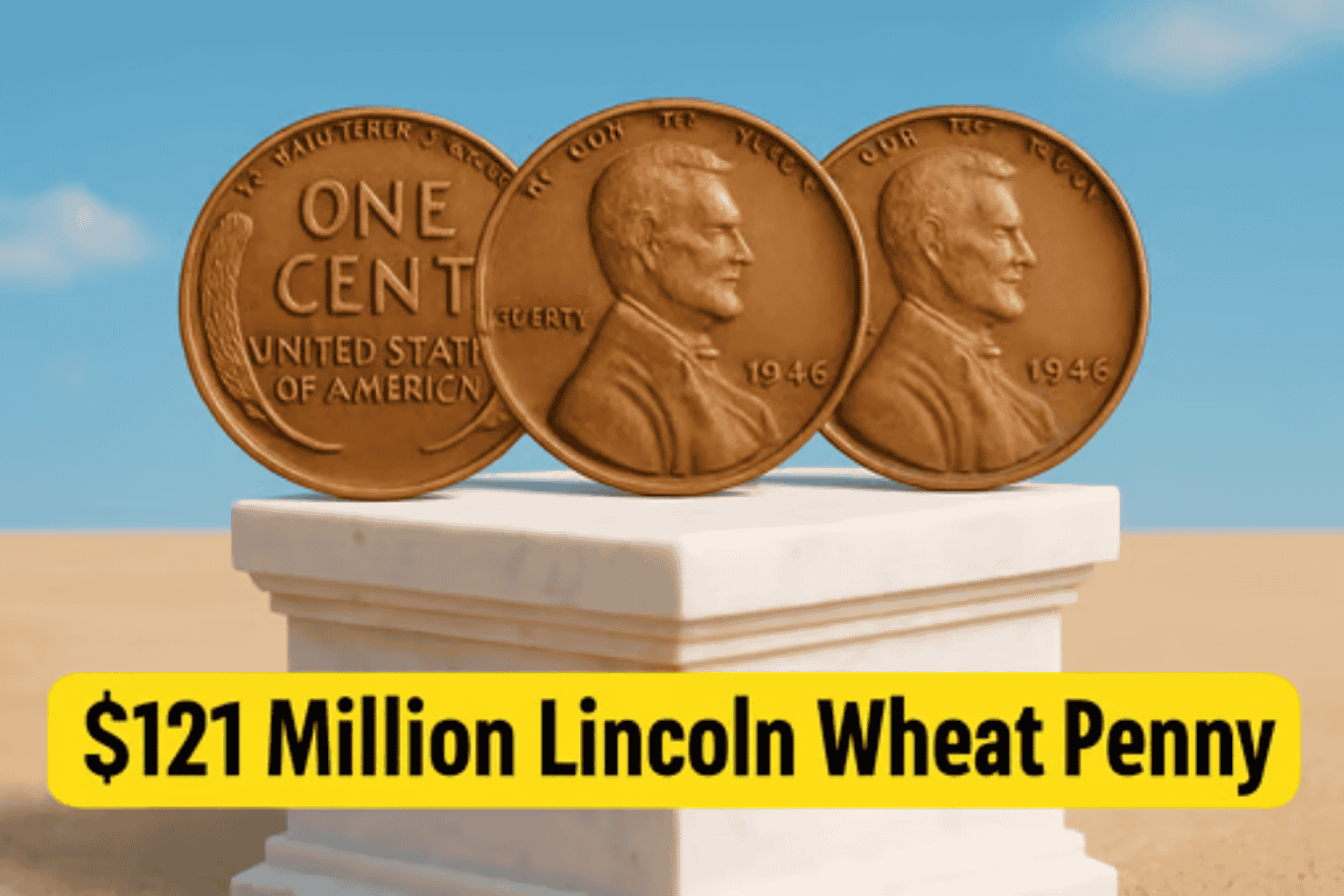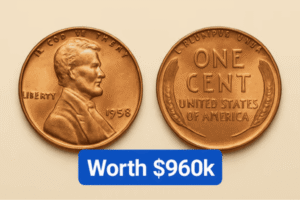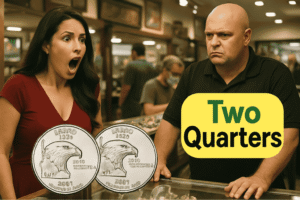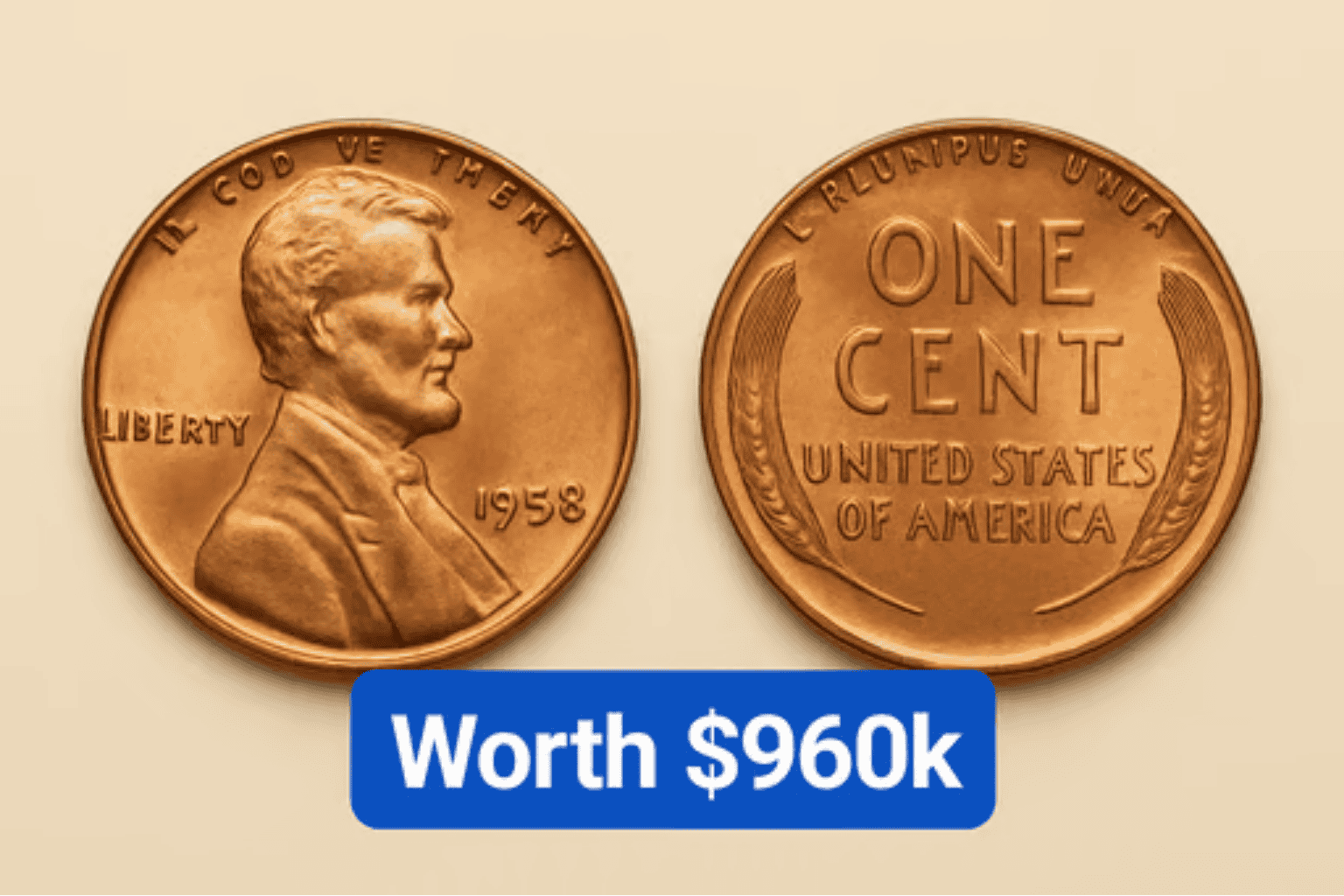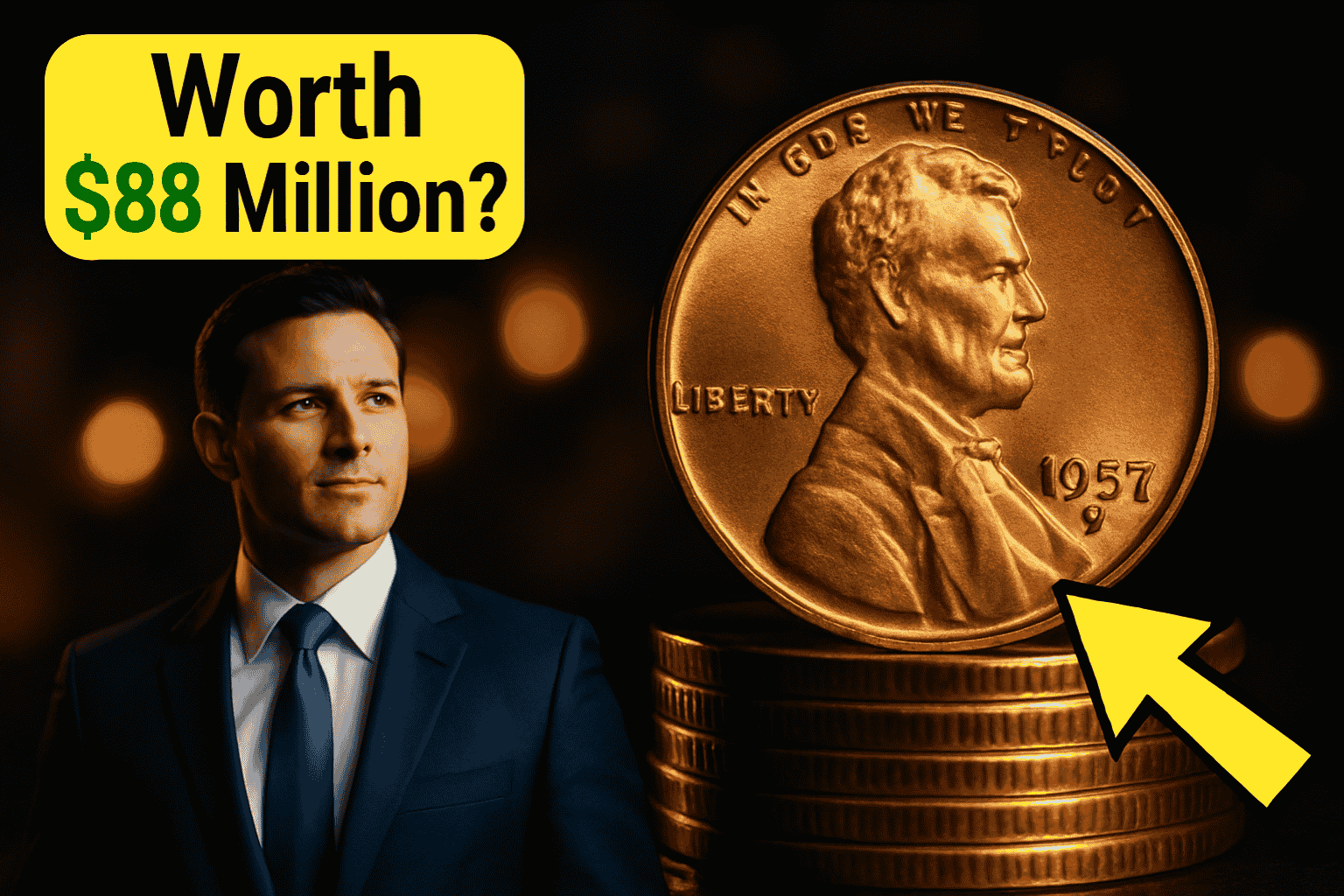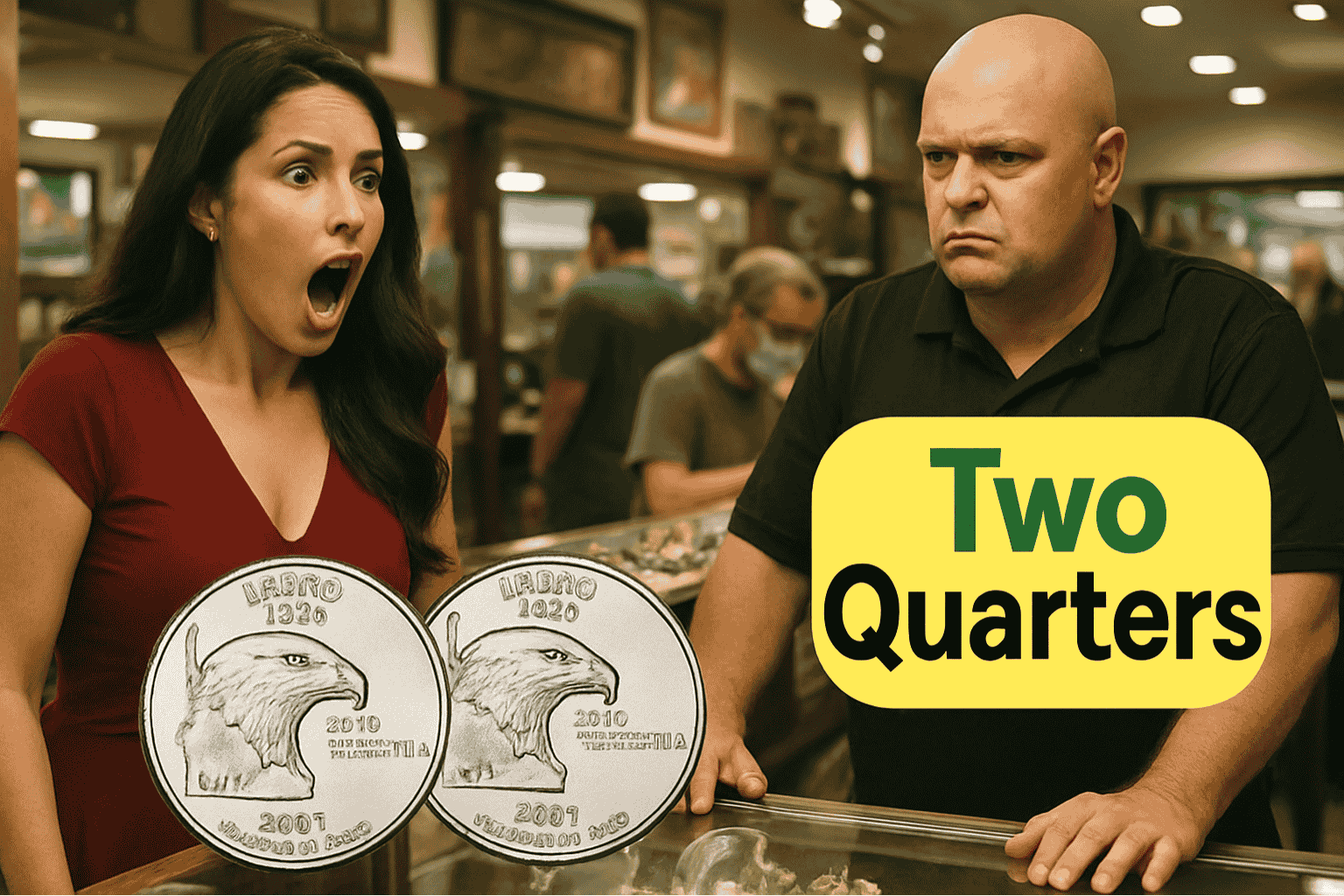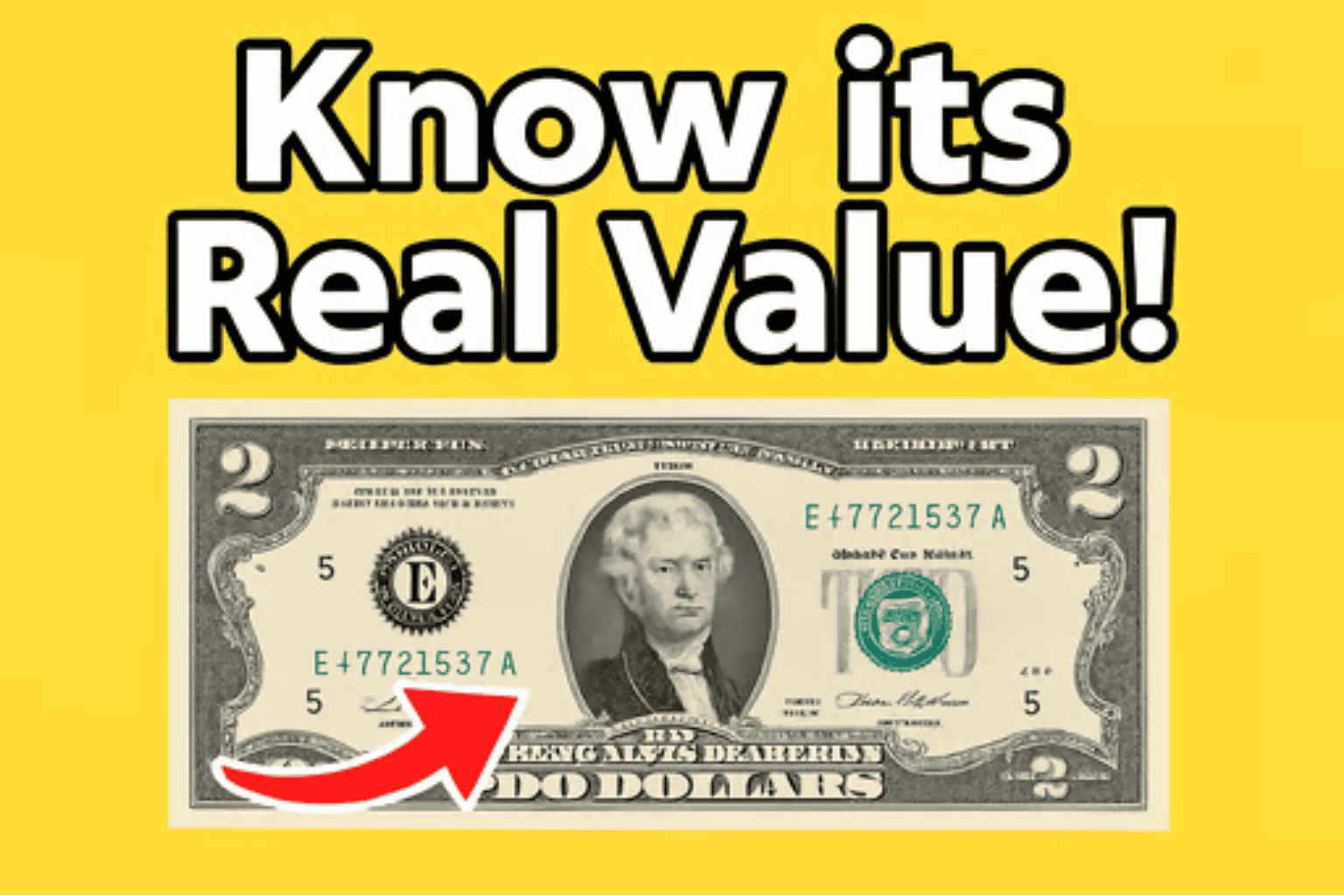Most folks don’t give a second thought to a penny. We toss ’em into jars, find ’em under couch cushions, maybe flip one for luck. But what if I told you that one of those dusty, copper-toned coins—the kind that’s been riding shotgun in your junk drawer for years—could be worth a small fortune?
No joke. One Lincoln Wheat Penny sold for a jaw-dropping $840,000, and rumors still swirl about a theoretical $121 million valuation for the rarest of the rare. Sounds like clickbait, right? But here’s the thing: some of these coins are real, authenticated, and still popping up in the wild. Your wild.
A Penny With a Past
The Lincoln Wheat Penny hit the scene in 1909, and it was kind of a big deal. For the first time, an actual historical figure—President Abraham Lincoln, no less—got the spotlight on a U.S. coin. Before that, coins had symbols, not real people. Liberty heads. Eagles. That kinda thing.
The design? A clean portrait of Lincoln on one side (courtesy of sculptor Victor David Brenner) and two wheat stalks flanking “ONE CENT” on the other. Hence the nickname: Wheat Penny. Honest, humble, and straight from the heartland—just like Abe.
These pennies stuck around until 1958. Over those five decades, they quietly witnessed the chaos and triumph of American history. World Wars. The Depression. Elvis. The moon landing. Each coin a tiny time capsule, a sliver of our collective memory.
Enter: The 1943 Copper Penny
Okay, here’s where things get wild.
During World War II, the U.S. needed copper for bullets, wiring, and other wartime essentials. So in 1943, the Mint switched penny production to zinc-coated steel. They looked silver, felt lighter, and rusted like old bicycles if left out in the rain.
But a few leftover copper planchets—that’s the blank metal discs before stamping—somehow snuck into the machines. And when the 1943 dies came down, copper 1943 pennies were born. Total accident. Total jackpot.
Only about 10 to 20 authentic 1943 copper pennies are known to exist today. That’s collector gold. Or rather… copper.
| Coin Type | Material | Est. Value | Notes |
|---|---|---|---|
| 1943 Steel Penny | Steel | ~$0.10 | Common; sticks to magnets |
| 1943 Copper Penny | Copper | $250,000–$1 million+ | Ultra-rare; fails magnet test |
| 1943-D Copper Penny | Copper | $840,000 (sold) | Record-holding auction sale |
So… $121 Million? Real or Rumor?
Here’s the tea. A $121 million valuation has been whispered about in collecting circles for an ultra-pristine, potentially unique 1943 copper penny. But let’s be honest—no such sale has officially gone down.
Still, coins have been known to explode in value when two obsessed collectors go head-to-head at auction. All it takes is a rare specimen, perfect timing, and a couple of deep-pocketed bidders who refuse to lose.
Is $121 million likely? Not today. But is a million-dollar penny possible? Already happened. Multiple times.
Other Wheat Pennies Worth Hunting
Don’t go thinking it’s all about 1943, though. The Lincoln Wheat Penny has a few other trick cards up its sleeve:
- 1909-S VDB – First-year coin with Brenner’s initials; extremely limited San Francisco mintage.
- 1914-D – Low mintage + high demand = $$$.
- 1922 “No D” – Denver Mint, but someone forgot the mint mark.
- 1955 Doubled Die – Looks like your eyes are glitching; very cool error.
Some of these babies are worth hundreds or thousands. And yep—people still find them in old coin rolls, estate sales, and grandpa’s tobacco tin.
Will the Penny Even Survive?
Here’s the kicker: there’s an ongoing debate about whether the U.S. should just kill the penny altogether.
It costs more to make than it’s worth. Stores don’t want ’em. Most of us don’t even bend down to pick one up anymore. Honestly, if you hand someone 13 cents and two of those coins are pennies, they’ll probably look at you like you just handed them lint.
Still, some folks argue for keeping it around. For charity boxes. For cash pricing. For nostalgia. For good luck.
But whatever side you’re on, the Wheat Penny isn’t going anywhere in the hearts of collectors. It’s cemented itself in American coin lore. And those rare variants? They’ll outlive us all.
Is There Treasure in Your Pocket?
Here’s the truth: valuable coins are still out there. People have stumbled across 1943 copper pennies in inherited coin jars, bank rolls, flea markets—you name it.
If you’re curious, here’s a quick how-to:
- Check the date: 1943 is the magic year.
- Look at the color: Copper has that familiar reddish tone.
- Try the magnet test: Steel sticks, copper doesn’t.
- Check for mint marks: “D” = Denver, “S” = San Francisco, none = Philly.
And hey—if you’re not sure, don’t clean the coin! Just take it to a reputable coin dealer or appraiser. Even a worn specimen could be worth your next vacation.
FAQs
What’s the most valuable Lincoln Wheat Penny?
The 1943-D copper penny holds the record at $840,000, but rumors swirl about a $121 million valuation for a perfect specimen.
How can I tell if my 1943 penny is copper?
Use a magnet. Steel pennies stick; copper ones don’t. Also check the color—copper is reddish, steel is silvery.
Are Wheat Pennies still in circulation?
Rarely, but yes. They turn up occasionally in bank rolls, old coin jars, and collections.
Should I clean an old penny to make it look nicer?
Nope! Cleaning can destroy the value. Keep it as is.
Why did the U.S. stop making Wheat Pennies?
The design was replaced in 1959 with the Lincoln Memorial on the reverse to honor Lincoln’s 150th birthday.

